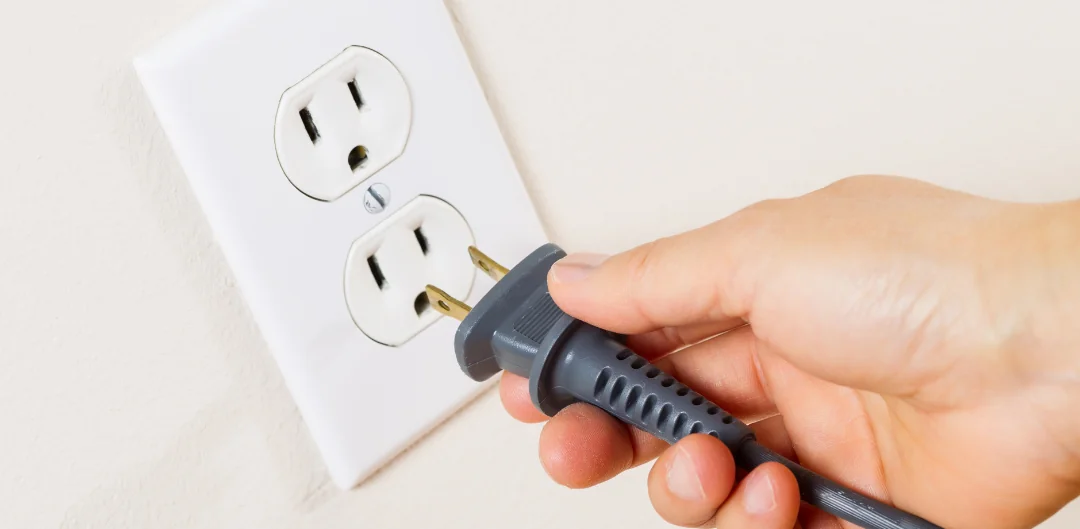Do You Know How Portable Air Conditioners Work?
Do you have a portable air conditioner in your home? If you only want to cool one room at a time, a portable air conditioner can be a great supplement for a regular central air conditioner. Remember though – if you plan to use a portable air conditioner, make sure you ventilate it properly; otherwise, it’ll never work!
How Portable Air Conditioners Work
Most people think that portable air conditioners (and air conditioners in general) work by blowing cold air out of the unit and into the room. This is not the case (in fact, in pure physics terms, there is no such thing as “cold” at all…but that’s another story) – instead, air conditioners pull in the hot air around them, remove the heat from it and blow it back out. This cycle repeats until the room reaches the temperature set on your thermostat.
In order to remove the heat, air conditioners rely on a fairly simple condensation / evaporation cycle. The cycle basically works like this:
- The refrigerant, usually Freon gas, is compressed (in a device called a compressor). The added pressure causes the gas to heat up.
- The hot gas runs through a series of coils, where the heat dissipates. Eventually, the gas condenses into a liquid.
- The refrigerant (in liquid form) runs through an expansion valve, where it evaporates again. Since the pressure in the expansion valve is low, the gas is cold.
- The cold Freon gas runs through another set of coils, where it absorbs heat from the room around it, cooling the air. A fan then blows the cooled air throughout the room and the hot air back outside the room.
Sound complicated? It can be summed up pretty simply – basically hot air goes in, gets the heat pulled out of it, and gets blown out again until the room is the right temperature. A portable air conditioner houses the compressor and the evaporator in the same unit (unlike a central air conditioner, which usually has an outdoor condenser and an indoor air handler).
Why Portable Air Conditioners Need Ventilation
The main reason why portable air conditioners need ventilation is for that last step – where the air conditioner blows cooled air into the room and hot air out of it. Needless to say, if there is no ventilation in the room, both the hot air and the cold air are going to go to the same place – not a very effective way to cool a room!
How to Vent Your Portable Air Conditioner
As you can see, venting your portable air conditioner is very important. So how exactly do you do it?
- First, you need to figure out where you’re going to put the ventilator hose. Most people put the hose in a sliding window. Others choose to vent their portable air conditioners out of a drop ceiling or a hole in the wall.
- Next, slide the exhaust connector over the warm air discharge opening on the back of your portable air conditioner and connect the exhaust hose to it.
- After this, place the window kit in the window and adjust the length until it fits snugly. Connect the other end of the exhaust hose to it and shut the window.
That’s all it takes! Remember when you hook up your exhaust hose to keep it as straight and short as possible – this will make it as efficient as possible. Also, try to avoid using an extension cord with the portable air conditioner. Portable air conditioners need a lot of power, and using an extension cord could lead to a potentially dangerous overload.
If you need air conditioner service in Maryland or Washington, DC, call Michael Bonsby today!
Contact Us Today Full Width




